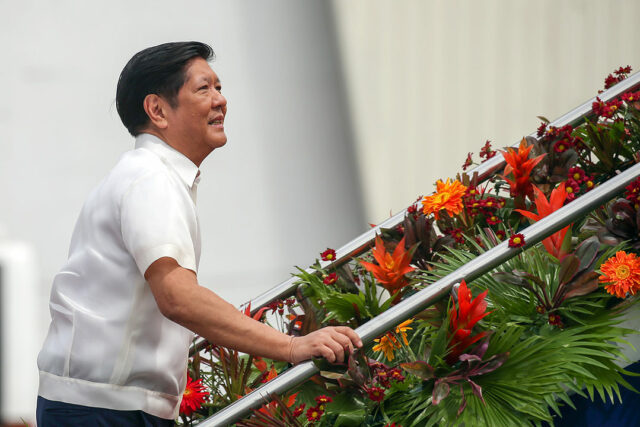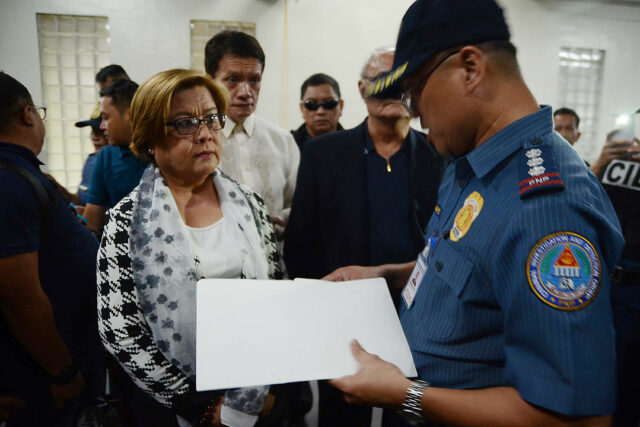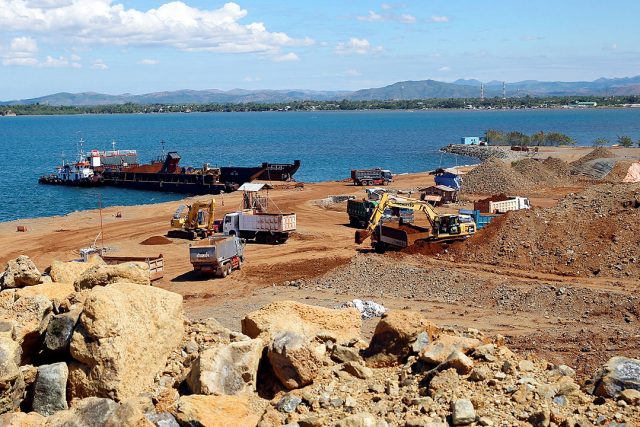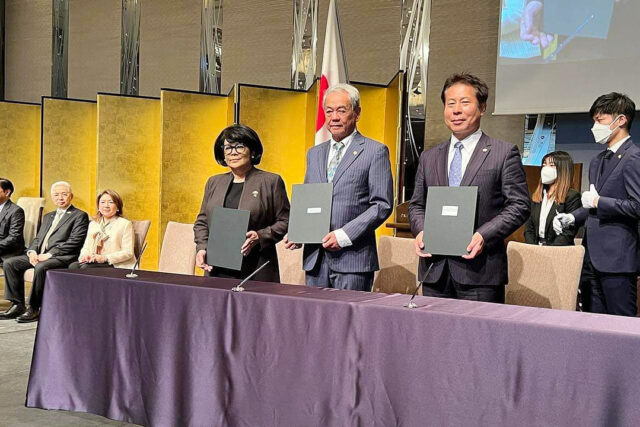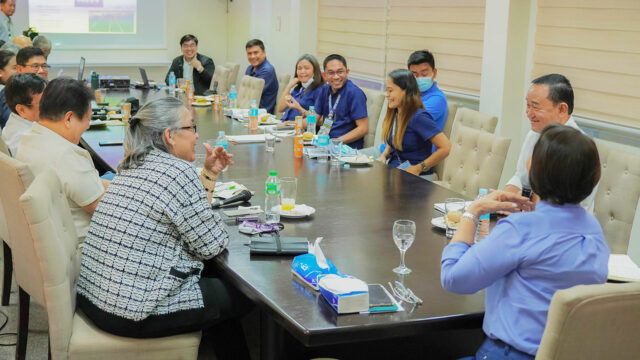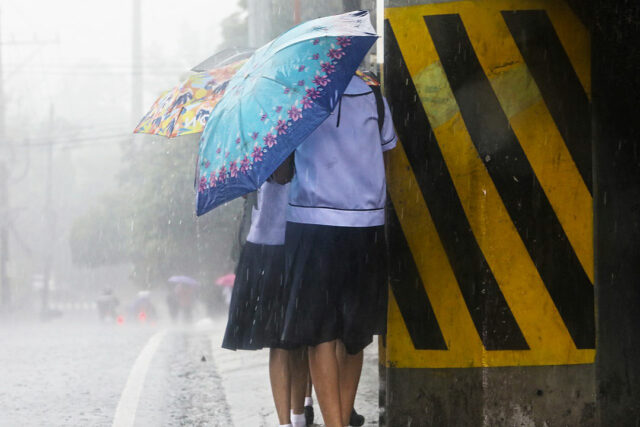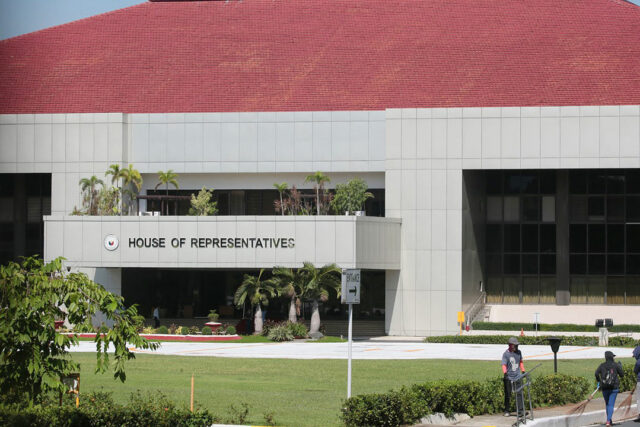For fans, Super Bowl no longer a sport game, it’s an ‘experience’
PHOENIX — In just a half-century of evolution the Super Bowl has gone from sports event, to America’s biggest party, to a week long and very expensive immersive “experience”.
That includes not only the game but also more in-depth encounters where you can take a sunrise hike up Camelback mountain with a retired NFL player or toss back a few “brews” with former New England Patriots linebacker Ted Bruschi.
Next year it will almost certainly make another leap when “immersive experience” and “party” morph into one big Super Bowl supernova in Las Vegas, as Sin City hosts the game for the first time.
After Los Angeles hosted last year it is almost as if the National Football League (NFL) stopped for a breather in Phoenix with Las Vegas set for 2024 and New Orleans on deck for 2025.
Even NFL commissioner Roger Goodell could not keep from looking ahead, pushing already sky high expectations higher.
“I think I would be making a mistake under-estimating anything that happens in Vegas and how big it can be,” said Mr. Goodell during his state of the league address.
While Phoenix does not have glitz and pizzazz of Los Angeles or Las Vegas it was the ideal spot for this year’s Super Bowl says Brian Wilder, executive vice-president of sports experiences and fan engagement for On Location, the NFL’s official hospitality partner.
“When we looked at Phoenix, especially coming out of Los Angeles we saw a big opportunity,” Mr. Wilder told Reuters. “In Los Angeles, coming out of the pandemic, corporate business had not quite returned yet because they have to plan so far in advance.
“Having the lead up to Phoenix with the pandemic in the rear view mirror it provided a return to corporate which we didn’t see in Los Angeles.
“Los Angeles was a ton of fan demand, SoFi Stadium is amazing but Phoenix, so many corporate clients love going to Arizona throughout the year, not just Super Bowls, and we saw a great opportunity and it was there.”
For most people in Phoenix the closest they will get to the Super Bowl will be the NFL’s Fan Zone ($40 for adults, kids under 12 free) or speeding by the Glendale stadium on Highway 101.
Even at $3,200, the average price on resale site StubHub, your ticket for Sunday’s National Football League championship game between the Kansas City Chiefs and Philadelphia Eagles may well be the least expensive item of your Super Bowl experience.
An on-stage table at Sports Illustrated’s Super Bowl Party, with performances by Machine Gun Kelly and the Chainsmokers, comes in at a hefty $100,000 while the same table at Shaq’s Fun House, which included a meet and greet with host NBA great Shaquille O’Neal, would set you back $50,000.
On Location offers packages from $5,000 to $50,000 that can be tricked up to include everything from Super yoga to a day of golfing at one of Arizona’s top courses, Troon Golf Club.
In the evening there is a long list of concerts to choose from with artists such as Snoop Dogg to Sheryl Crow, or dine with celebrity chefs like Guy Fieri or Chris Bianco, where you can eat pizza and have your picture taken with the Lombardi trophy.
“If you go back 10 years ago Super Bowl was only about the game and now it is much, much more,” said Mr. Wilder. “The NFL is looking at it now as more than just a game, it’s a whole experience leading up to the game.” — Reuters



